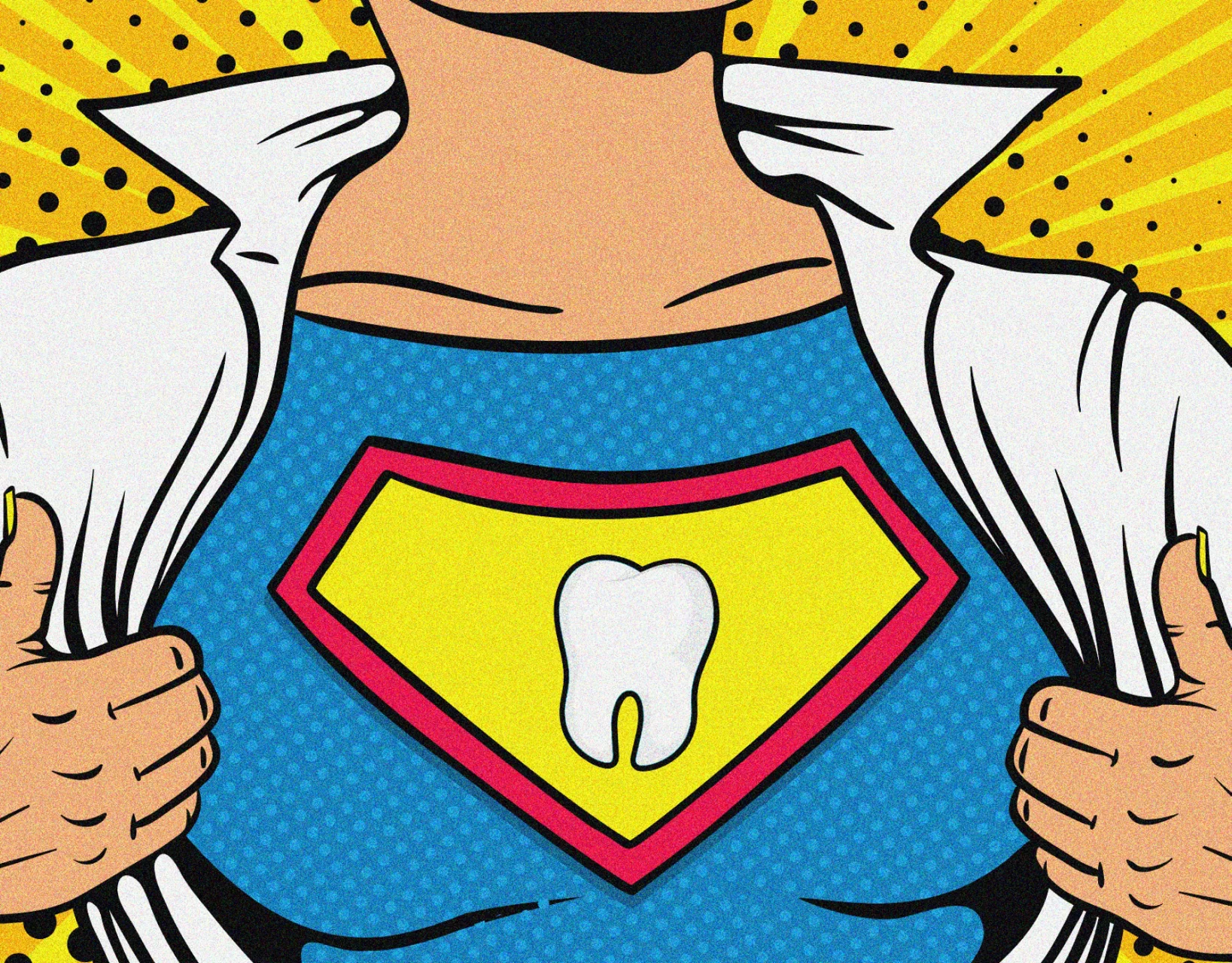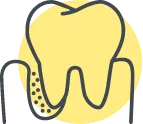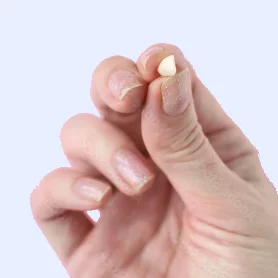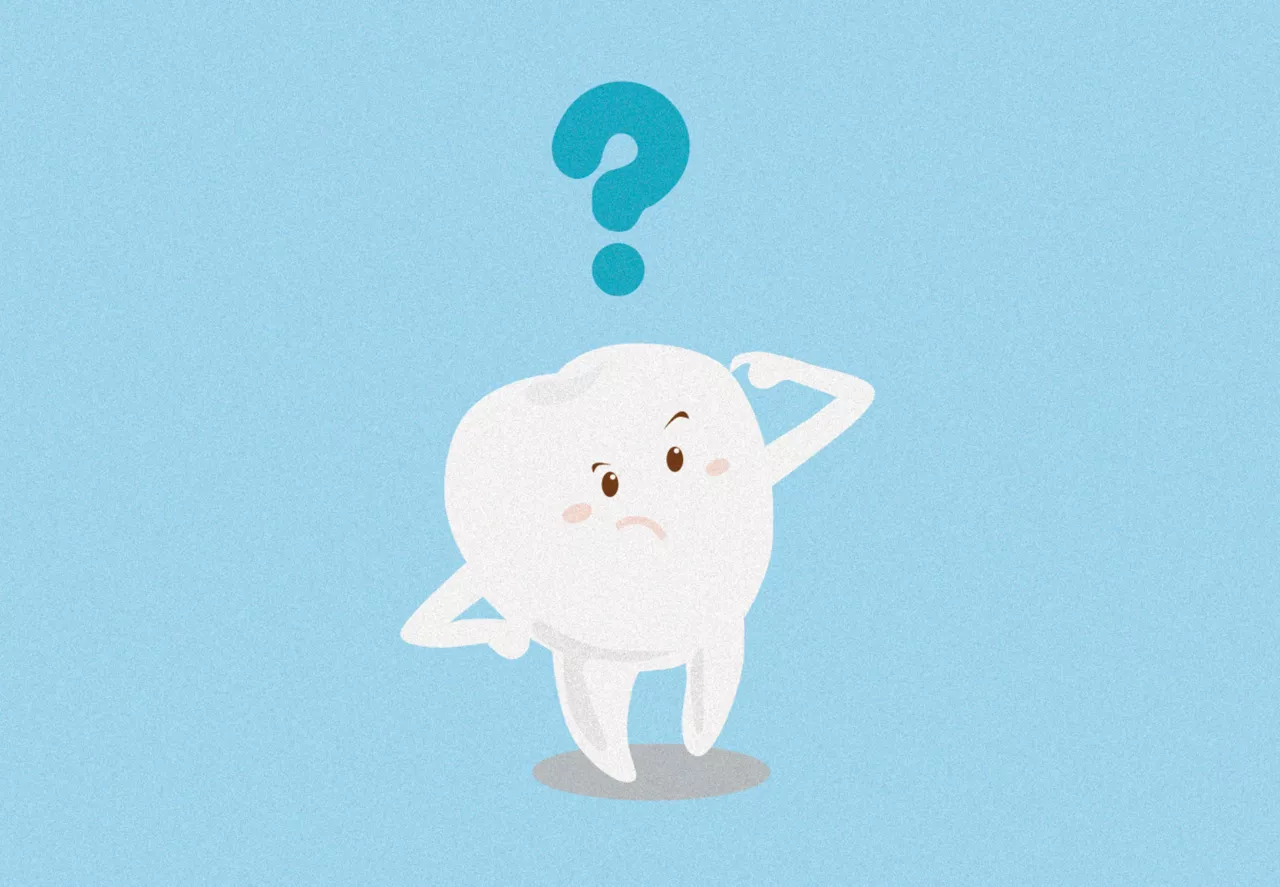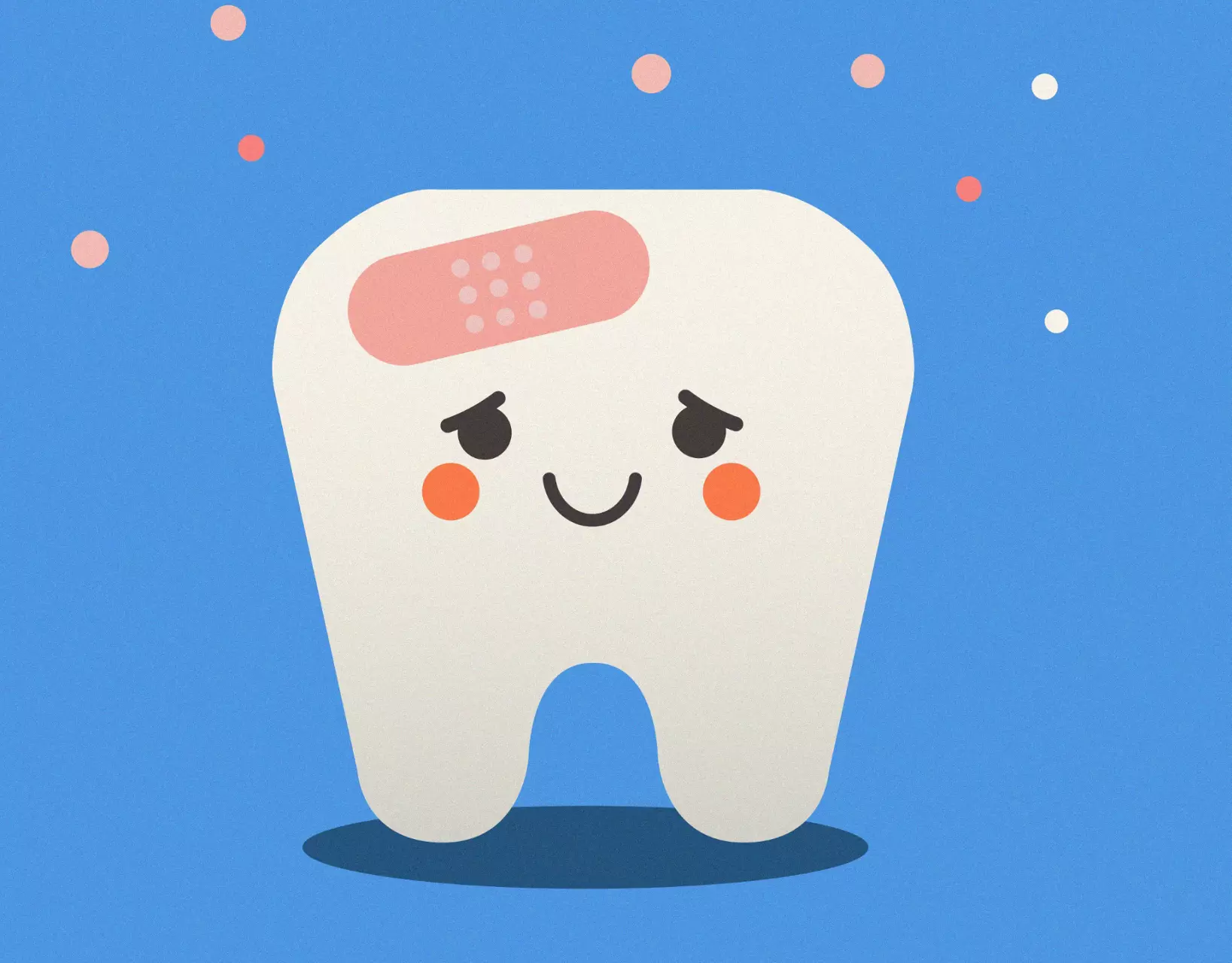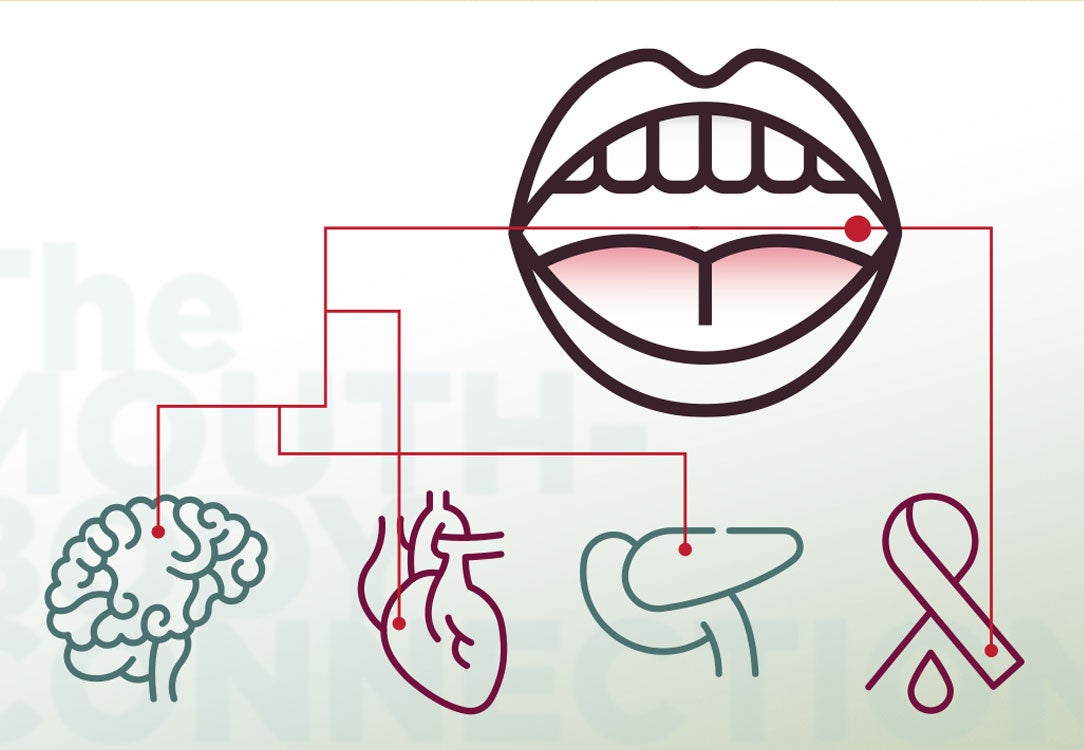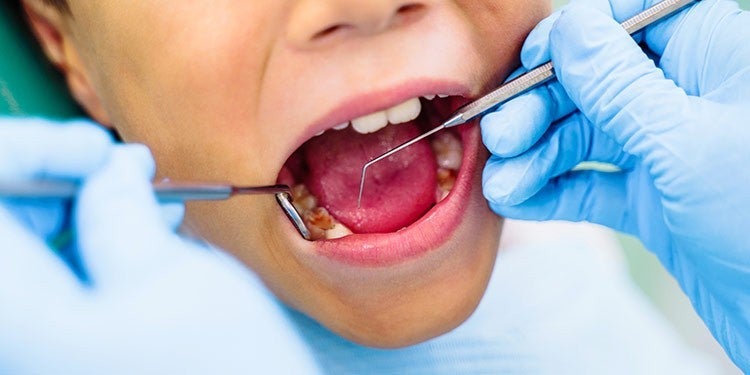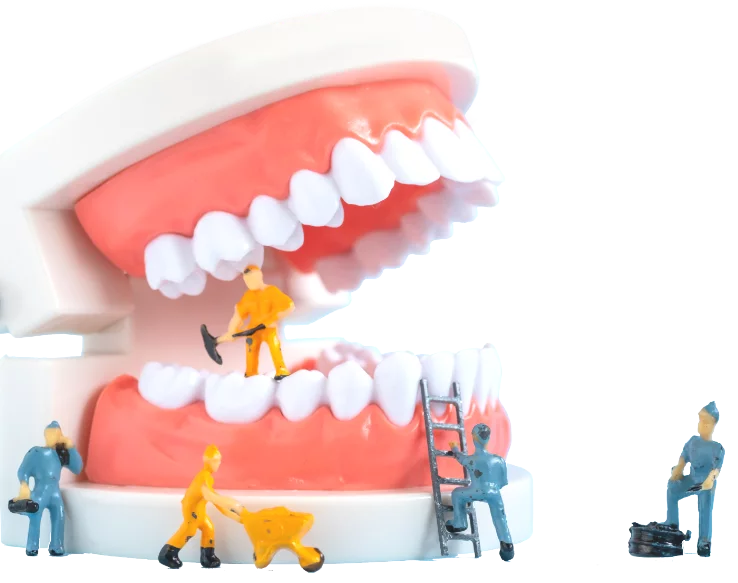How can we help?
The Benefits of Periodontics
Periodontics offers comprehensive care for gum health. And caring for your gums contributes to the foundation of a healthier, happier smile.
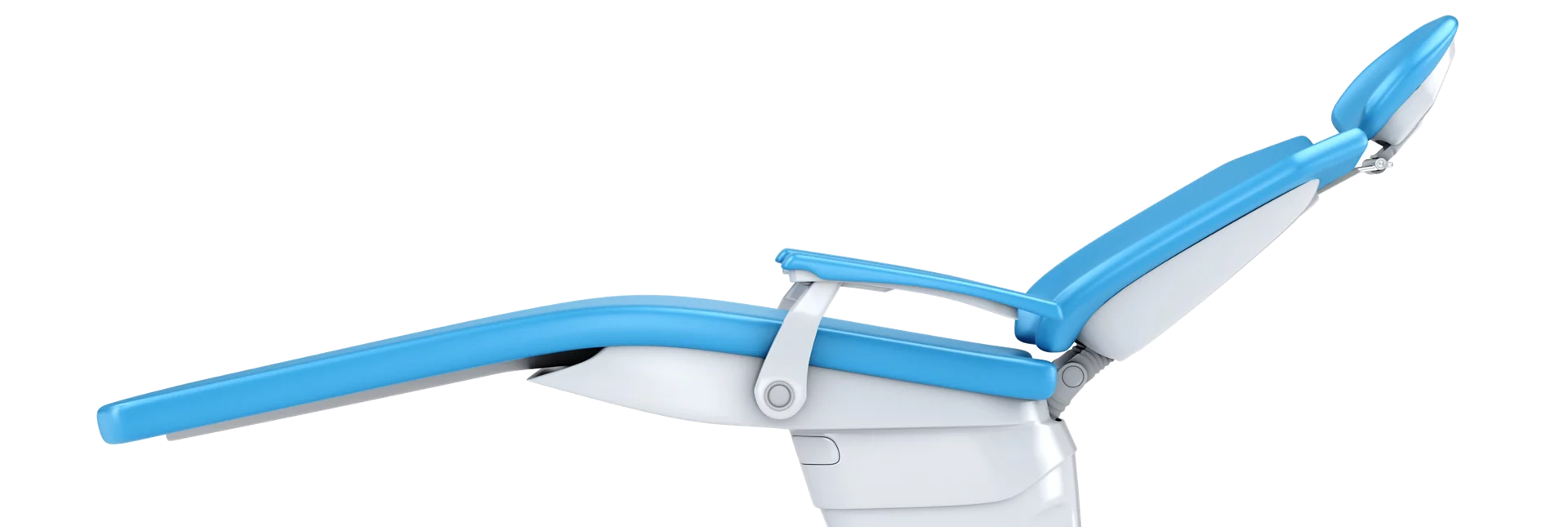


Book an Appointment Today
It’s always a good idea to have your next dental exam on the books. Find a trusted dentist near you and schedule today.
Yes, periodontal specialists focus exclusively on treating inflammatory disease that destroys the gums and other supporting structures around the teeth.
If you have gum disease, you need to see a Periodontist because they specialize in diagnosing and treating gum disease. They are called periodontists because periodontal disease is the medical term for gum disease.
A Periodontist pays particular attention to the parts of the mouth surrounding the teeth, such as the gum, bone, and connective tissue. Wondering what else a Periodontist might do? They are known for performing pocket-depth reduction, soft tissue grafts, dental implants, non-surgical treatments like scaling and root planing, along with various dental-related cosmetic procedures.
You may be surprised to know 47.2% of adults over thirty (30) have some form of periodontal disease. If you are 65 and older, the number increases to 70.1%.
Oral health is linked to whole-body health more closely than you might think. The health of your teeth and gums can have a big impact on your overall health. We call that the Mouth-Body Connection. Inflammation originating in your mouth due to tooth decay and periodontal disease can increase your risk of health conditions such as:
- Stroke
- Cognitive decline
- Diabetes
- Heart disease
- Pregnancy complications
Maintaining a proper dental hygiene regimen and making regular dental visits can help limit the impact that oral health issues have on your overall health.
Learn more in our blog article, "Link Between Periodontal Disease & Other Health Issues."


